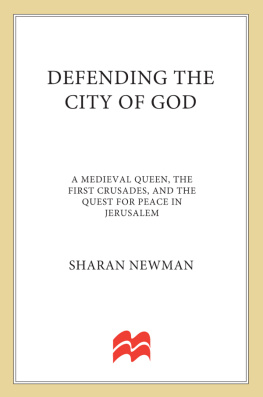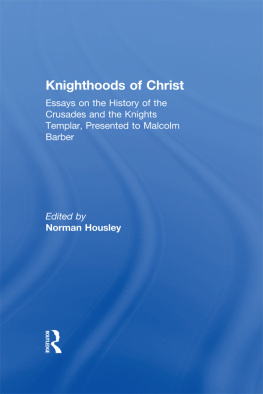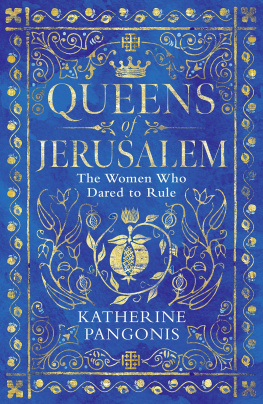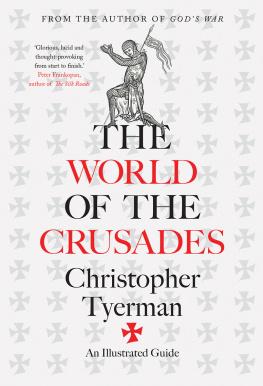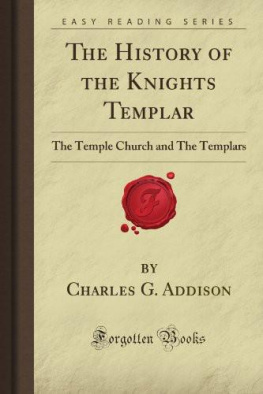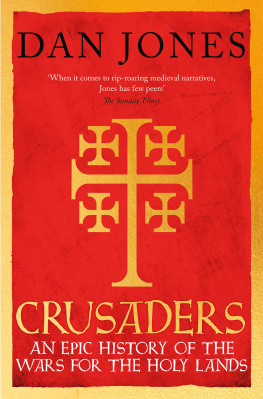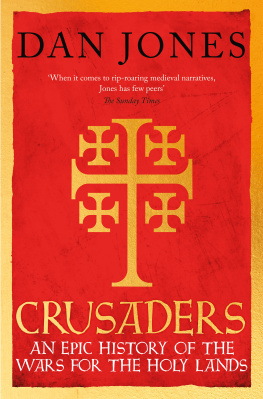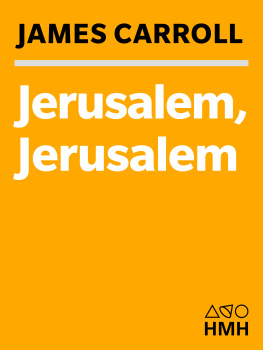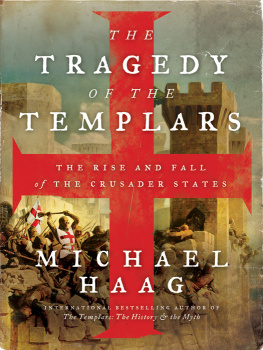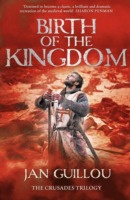Defending the City of God
A Medieval Queen, the First Crusades, and the Quest for Peace in Jerusalem
Sharan Newman

DEFENDING THE CITY OF GOD
Copyright Sharan Newman, 2014
All rights reserved.
For information, address St. Martins Press, 175 Fifth Avenue, New York, N.Y. 10010.
First published in 2014 by PALGRAVE MACMILLAN in the U.S.
a division of St. Martins Press LLC, 175 Fifth Avenue, New York, NY 10010.
ISBN: 978-1-137-27865-4
Our eBooks may be purchased in bulk for promotional, educational, or business use. Please contact the Macmillan Corporate and Premium Sales Department at 1-800-221-7945, ext. 5442, or by e-mail at .
The Library of Congress has catalogued the hardcover edition as follows:
Newman, Sharan.
Defending the City of God : a medieval queen, the first Crusades, and the quest for peace in Jerusalem / Sharan Newman.
pages cm
Includes index.
ISBN 978-1-137-27865-4 (hardback : alkaline paper)
1. JerusalemHistoryLatin Kingdom, 10991244. 2. Melisende, Queen of Jerusalem, -1161. 3. QueensJerusalemBiography. 4. JerusalemPolitics and government. 5. JerusalemHistory, Military. 6. Crusades. 7. Cultural pluralismJerusalemHistoryTo 1500. 8. Social changeJerusalemHistoryTo 1500. 9. JerusalemSocial conditions. I. Title.
D182.N49 2014
956.9442032dc23
2013049594
A catalogue record of the book is available from the British Library.
Design by Letra Libre
First edition: April 2014
10 9 8 7 6 5 4 3 2 1
Printed in the United States of America.
The author and publisher have provided this e-book to you for your personal use only. You may not make this e-book publicly available in any way. Copyright infringement is against the law. If you believe the copy of this e-book you are reading infringes on the authors copyright, please notify the publisher at: us.macmillanusa.com/piracy.
This book is for
Dr. Georgia Sommers Wright,
friend, refuge, scholar, and gentle woman,
to whom I owe more than I can ever repay.
Contents
Introduction
The word crusade has entered our mythology as a single-minded fight for a cause. Crusader often conjures up an image of pennants fluttering in the wind and stalwart knights on horseback galloping across the desert to meet the foe. Over the centuries the migration from Western Europe to the Near East at the end of the eleventh century has been viewed through multiple lenses, some highly distorting.
The Crusades have been seen as a selfless religious battle to free Christians from Muslim tyrants. This is what Pope Urban, Peter the Hermit, Bernard of Clairvaux, and others preached at that time to persuade the first Crusaders to go. Later historians saw the Crusades as a series of colonial invasions, a useful activity for troublesome younger sons, who could either make their fortune or die. While this is still a popular notion, it isnt borne out by the facts. Many families sent all their sons and some daughters on the first crusade. This included the great noblemen who left their estates in the care of others or even sold them in order to finance the armies headed to Jerusalem.
Other historians have seen the crusades in terms of economics, viewing the Crusaders as looters and cynical merchants who wanted a monopoly on rare items from the east. There was an element of truth to this, especially considering the deals that Italian city-states made with the Crusaders for a share of the profits. Then there is the romantic image of chivalry, honor, and justice that was reflected almost immediately in popular literature and has lasted until the present day in stories of Richard the Lionheart, Saladin, and the Templar and Hospitaller knights.
Its been more than nine hundred years since the armies of the West, drawn mainly from what is now France, Belgium, and Northern Italy, captured the Holy City of Jerusalem and set about creating a Latin Christian state. Almost without exception, they believed that they were liberating the land where Jesus had lived, died, and risen, and from which the Apostles had set out to convert the world. The Crusader States were formed to ensure that these holy sites would remain in Christian hands.
But once the land had been freed from its Muslim overlords, then what? There were people there and ruins from civilizations going back to the dawn of humanity. The inhabitants were of many faiths. Some welcomed the western armies, while others, including local Christians, were horrified. Only recently have scholars started to consider the many facets of the society that the Crusaders entered.
The seeds for this book grew from an article I read some time ago on Melisende, the first hereditary queen of Jerusalem and the first person to inherit the crown by succession. The first three rulers of Jerusalem, including Melisendes father, Baldwin II, had been elected by the nobles of the expedition. There had been women who inherited in their own right before, but never in a new state, far from Europe, in a precarious military situation.
Melisende rose to the challenge. She was extremely active in governing her kingdom, first with her husband, then on her own after his death. She was the acknowledged queen and in her own lifetime no one questioned her status, and yet this article, written in 1973, treated her as a female usurper, emphasizing the actions of her husband, Fulk of Anjou, and her son, Baldwin III, pushing Melisende into the background. Although all the evidence we have indicates that Melisende was a strong ruler, many historians have either ignored her or criticized her for trying to control the kingdom rather than defer to her husband and son. Reading this article, the only one to focus on Melisende alone, I began to wonder how many other women had been vilified in the same way by overwhelmingly male writers reacting to the status of women in their own day.
The answer is, a large number of them. As I began to look for the women of the Crusader States, I noticed that there were many besides Melisende who had been respected in their own time but had later been left out or relegated to the edges of history. I realize that this is not always intentional. The women of the crusades have most often been the subject of either short academic monographs or historical romance. Most history written for general readers is still heavy on politics and battles. The majority of materials written during the crusading period deal with these topics as well, which were vital to the chroniclers. But, if one looks closely at the sources, one can find the women, the peasant farmers, the merchants, and the bewildering assortment of distinct religious sects: Melkites, Jacobites, Ishmaelites, Druze, Samaritans, Maronites, Karites, and many more. There were also distinct ethnic groups for the Europeans to learn about and interact with. There were Greeks, Turks, Arabs, Armenians, Syrian Christians, Syrian Jews, Bedouin, Persians, and others. It was clear to me that their stories had to be included in the narrative to make a complete picture of life in the Latin States.
While the new arrivals needed to learn the differences among these native groups, they were referred to by the locals as Franks no matter where they came from. I shall adopt this custom when I speak of the settlers as a group.
Since Melisende was the impetus for my writing, her life span, from about 1105 to 1161, comprises the boundaries of this book. But almost all the written records from this period have vanished, lost to time, war, and neglect. Nothing specific is known about her early life. We have a few letters written to her, but nothing written by her. As she entered the political sphere, there are more records about her, but not enough to write a traditional biography as one would about Queen Victoria or Catherine de Medici. In telling Melisendes story, understanding the world she lived inthat of her mother, sisters, and other women, and nameless pilgrims, settlers, natives, monks, brigands, and lunaticsbecomes very important.
Next page
